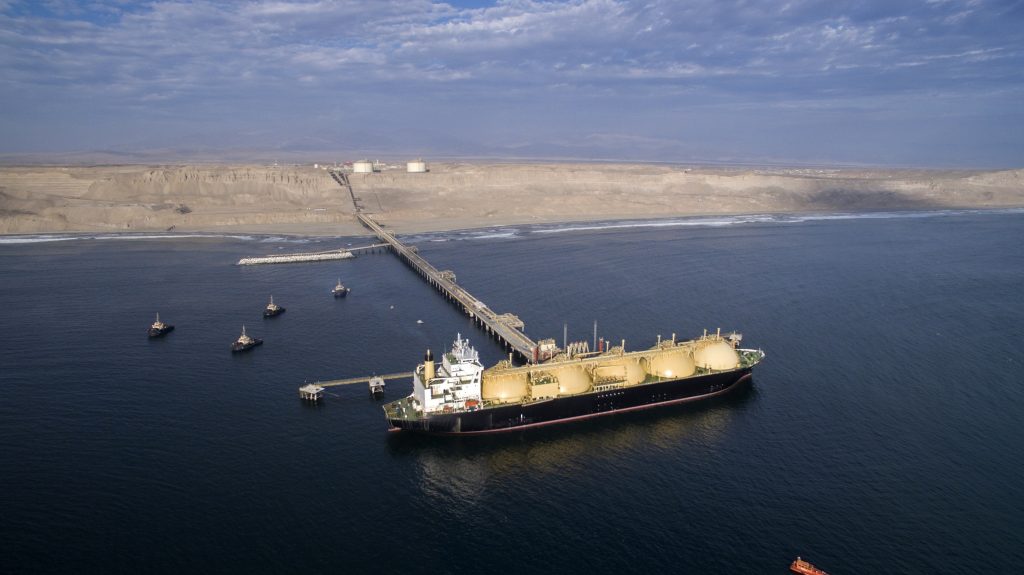
(Argus, 24.Mar.2020) — Peru’s natural gas production has been steadily declining and the Peru LNG plant has been idle since the government issued a national lockdown a week ago to prevent the spread of the new coronavirus.
Gas production has fallen from 1.12bn cf/d on 15 March, the day the lockdown began, to 779mn cf/d on 22 March, according to the latest data from hydrocarbons agency PeruPetro.
The most significant upstream decline is coming from Camisea block 88, Peru’s top gas block with proven reserves of 8.76 trillion cf. Production fell from 482mn cf/d to 143mn cf/d in the first week of the emergency. Block 88 gas is used for domestic consumption.
Output from Camisea block 56, with 1.67 trillion cf, rose slightly from 389mn cf/d to 407mn cf/d in the same period. Block 56 flows are used domestically and for export through the Peru LNG plant south of Lima.
Peru LNG, which has 4.4mn t/yr of capacity, has sent out 12 shipments so far this year, with 11 going to Asia and one to Europe. Export volume increased by 14pc spread across five shipments in February compared to the same month the previous year, according to PeruPetro. The plant loaded three shipments in the first half of March, with the last one leaving for China on 13 March.
Peru LNG could not be reached for comment. The facility is operated by US-based Hunt Oil and includes Japan’s Marubeni, South Korea’s SK Innovation and Shell.
Shell is in charge of marketing the LNG cargoes.
Argentina’s Pluspetrol, the Camisea upstream operator, said on 17 March that the gas complex, including a gas liquids fractionating plant in Pisco, 200km south of Lima, would operate normally. Pluspetrol produces 1.5mn t/yr of LPG annually, accounting for approximately 80pc of national supply.
Electricity generation has dropped over the past week as well, as industry, particularly mines, have closed. Thermal dispatch using gas is heading down and some plants are likely to go off line in response to the lower demand. Peru’s peak demand so far this month was 4,727MW on 23 March, down from a peak of 7,124MW in February, according to data from grid operator Sinac. Ricardo Labo, a partner at energy-focused law firm LQG, said thermal plants would close temporarily as demand drops. “Mining companies represent around 30pc of electricity demand, so it is natural that demand would slow as they close,” he said. “Thermal plants will be the first to come off line.”
The private-sector Peruvian Hydrocarbons Society (SPH) called on the government to adopt measures to safeguard the oil and gas industry. Before the double hit of coronavirus and collapsed oil prices, Peru’s oil production was starting to recover. Output reached approximately 60,000 b/d in the first half of March, up nearly 20pc from the same month last year, and the SPH said this could now be lost.
The SHP wants the government to suspend or postpone tax payments, suspend royalties for 90 days, and free companies from contractual obligations, such as seismic activity and drilling. The government of President Martin Vizcarra has not yet responded with industry-specific measures.
Peru had 416 confirmed coronavirus cases and seven dead as of 24 March, according to government statistics. The national quarantine will be in place at least through 30 March.
____________________
By Lucien Chauvin

